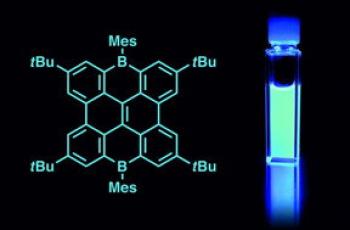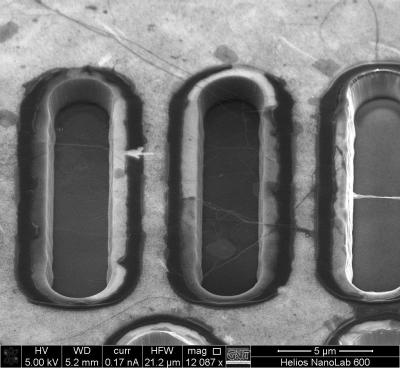Graphene Nanochem reports their 2014 financial results
 Graphene Nanochem reported their financial revenues for 2014, with revenues of £48.3 million - up 53% from 2013, mostly due to contracted sales to Shell and Chevron.
Graphene Nanochem reported their financial revenues for 2014, with revenues of £48.3 million - up 53% from 2013, mostly due to contracted sales to Shell and Chevron.
Operating loss for 2014 was £6.8 million (down from £10.1 million), but the company reports a gross profit of £1.6 million - despite a feedstock price anomaly for the year. Delays in the roll out of graphene-based products are to be blame for the operating loss.




